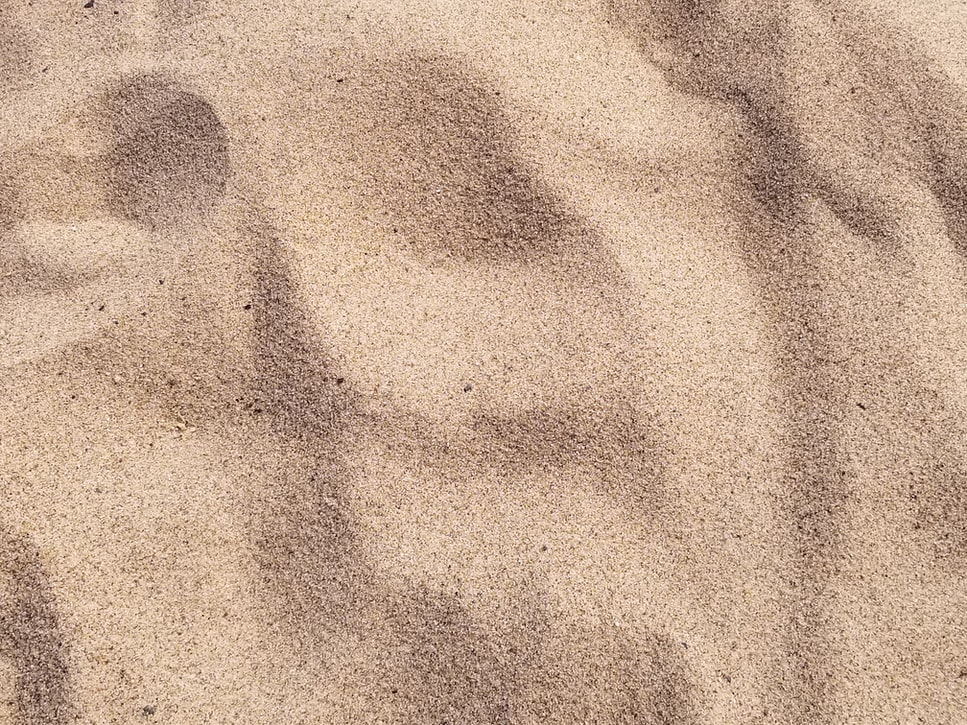Cleaning fish tank sand is important if you want to get the most out of your aquarium setup. Most sand substrate tends to include some degree of dust when bought, with this dust quickly dispersing within tank water to cloud your view. Rinsing away this dust will ensure far clearer water conditions after the substrate is added to the base of your tank.
Cleaning sand also ensures that any impurities are removed from your substrate prior to setting up your tank for the first time. If you introduce contaminated sand to a tank, you chance subjecting your plants and fish to harmful toxins and bacteria.
You’ll also need to maintain sand once it has been added to your fish tank. Food debris and other organic matter constantly falls and settles on top of the surface of your substrate layer. Not only does this result in an unsightly film of decaying matter, it also serves as a breeding ground for harmful bacteria and chemical reactions that can negatively impact water conditions.
Different Types of Sand Substrate
In order to clean aquarium sand effectively, you need to have a clear idea of the type of substrate you are working with. Everyday play sand is regularly used by aquarium owners as a substrate layer. This material is particularly easy to maintain and clean. In fact, you can simply rake the surface without too much concern.
However, other types of sand substrate require more care and attention when it comes to cleaning. If you have bedded plants into the substrate layer of your aquarium, you need to be careful when raking the surface. If you’re too heavy-handed, you run the risk of stirring up substrate and releasing harmful toxins into the tank water.
Aquarium Sand Cleaning Techniques
Prior to cleaning sand substrate, make sure you have switched off any devices attached to your fish tank. This includes pumps and filters, as well as any heaters or lights you may have attached. You can now remove any larger items from the inside of your tank. This includes decorative ornaments, as well as any floating plants.
If you have aquatic plants bedded into the substrate layer of your tank, leave this in place. You should also aim to remove some of the water within your tank at this point. If your aquarium water is particularly cloudy, aim to remove around a quarter of the water volume. This water will eventually need to be replaced after you’ve completed cleaning. Just make sure you have prepared replacement tank water ahead of time, taking the time to properly condition it.
You can now focus on sprucing up the sand layer of your tank. Using your fingers or a raking tool, dredge up sand from the bottom of the substrate layer, bringing deeper sand to the top. Once you’ve done this you’ll likely notice unsightly deposits on the surface of your substrate.
You can remove this potentially harmful debris by using a gravel siphon tool. Using a gravel siphon will inevitably mean you are removing some sand from your tank. If your siphon has picked up a considerable amount of sand, think about rinsing the collected material in conditioned water before returning it to your tank.
Once you have tended to the sand layer, you can return all decorative objects to your tank. You should now add the pre-conditioned replacement water to your tank, before switching your filter, pump, lighting and heater back on.

